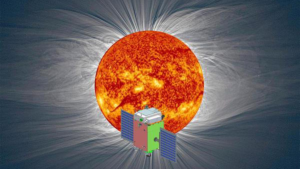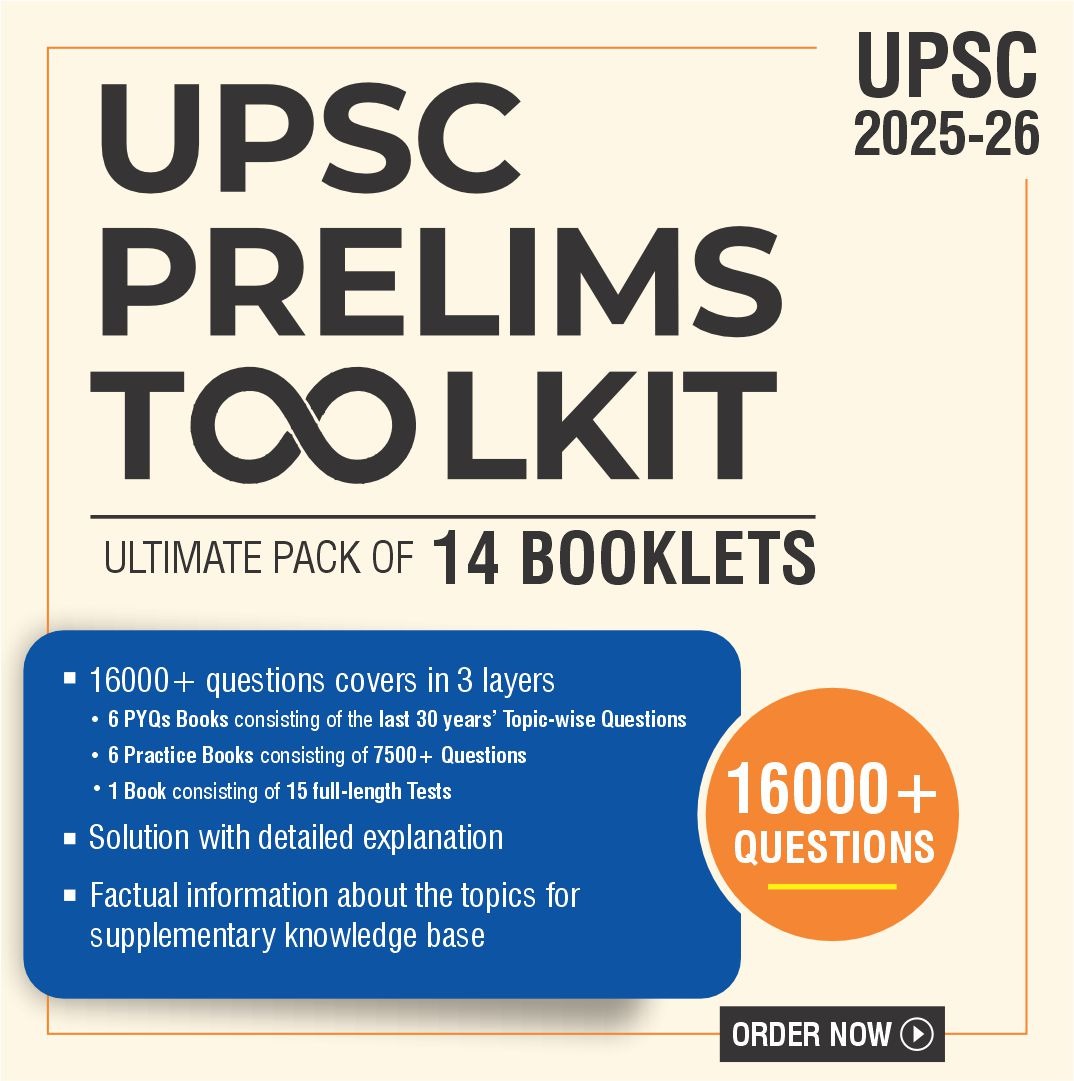Contents
| For 7 PM Editorial Archives click HERE → |
Aditya L1 mission is the first space-based Indian observatory to study the Sun. It will be launched on September 2 from Sriharikota. Aditya L1 is India’s second astronomy mission after AstroSat which was launched in September 2015.
Aditya L-1 mission is being led by ISRO in collaboration with the Indian Institute of Astrophysics (IIA)-Bengaluru, Inter-University Centre for Astronomy and Astrophysics (IUCAA)-Pune and Indian Institute of Science, Education and Research (IISER) Kolkata.
What is ADITYA L1 Mission and where will it be placed?
Aditya L1 will be launched using the Polar Satellite Launch Vehicle (PSLV) rocket. Aditya L-1 has seven payloads (instruments) on board to study the Sun’s corona, solar emissions, solar winds and flares, Coronal Mass Ejections (CMEs) and it will carry out round-the-clock imaging of the Sun.
Photo:ISRO,CESSI,IISER Kolkata
Location of Aditya L1 in space
Aditya L-1 spacecraft shall be placed in a halo orbit around the Lagrange point 1 (L1) of the Sun-Earth system which is about 1.5 million km from the Earth.
| Lagrange Points Definition-Lagrange points are special spots in space where the gravitational forces of two large objects such as Earth and the Sun perfectly balance each other. Simplified Understanding of Lagrange Point-At Lagrange points the gravitational pull from Earth and the Sun (or any two large objects) cancels out. This creates a point of equilibrium where a smaller object such as a satellite can stay in a stable position without drifting away or falling towards either of the larger objects. It’s like finding a sweet spot in space where everything remains in balance thus making it useful for space exploration and satellite placement. |
Reason for choosing L-1 point for Aditya L-1 mission
L1’s placement in the halo orbit around the L1 point has the major advantage of continuously viewing the Sun without any occultation/eclipses. This will provide a greater advantage of observing solar activities and its effect on space weather in real time.
The five Lagrange Points. Aditya L-1 will be placed in L-1. (Photo Courtesy:NASA) |
What are the payloads (Instruments) part of Aditya L-1 and their functions?
| Payload (Instrument) | Functions |
| Visible Emission Line Coronagraph (VELC) | Coronal imaging and spectroscopy |
| Solar Ultraviolet Imaging Telescope (SUIT) | Photosphere and Chromosphere imaging |
| Solar Low Energy X-ray Spectrometer (SoLEXS) | Soft X-ray spectrometer for Sun-as-a-star observation |
| High Energy L1 Orbiting X-ray Spectrometer (HEL1OS) | Hard X-ray spectrometer for Sun-as-a-star observation. |
| Aditya Solar wind Particle Experiment (ASPEX) | Solar wind/particle analyzer protons and heavier ions with directions |
| Plasma Analyzer Package for Aditya (PAPA) | Solar wind/particle analyzer electrons and heavier ions with directions |
| Advanced Tri-axial High Resolution Digital Magnetometers | Solar magnetic field study |
What is the significance of Aditya L1 Mission??
Understanding of the evolution of Earth due to Sun’s Impact – All planets and exoplanets including the earth evolve around the parent star (Sun). Changes in the Sun affect the evolution pattern of the planets. Aditya L-1 will help in understanding these evolution patterns.
Understanding of the changes of weather on Earth due to the Sun-The solar weather and environment which is determined by the processes taking place inside and around the sun affects the weather on Earth. Aditya L-1 will provide knowledge about solar events, which will be key to understanding space weather.
Tracking of Earth Directed Solar Storms – Every Solar storm that emerges from the Sun and heads towards Earth passes through Lagrange Point L1. Since Aditya L-1 is placed at Lagrange Point L1 of the Sun-Earth system, it has the major advantage of continuously tracking these Earth Directed Solar Storms.
Solving the mystery of ‘Coronal Heating Problem’- The ‘coronal heating problem’ refers to the fact that the photosphere (a deeper layer of the Sun) is at a much lower temperature than the corona (outer layer of the Sun). Since it is believed that the heating process happens from within, the lower temperature of Photosphere compared to corona remains a mystery. Observations by Aditya-L1 of the magnetic fields bubbling out of the photosphere into the corona will help solve the mystery of ‘coronal heating problem’.
First UV imaging of Sun – UV rays of the wavelengths from 200-400 nanometers are prevented from entering the earth by the ozone layer. Since these wavelengths are stopped, we are not able to ascertain the intensity of these UV rays. Ozone depletion can lead to this radiation filtering through to lower levels where it can have harmful effects. Aditya L-1 mission will record the intensity of these waves which will help in preventing mankind from harmful effect of these UV rays in future.
Safe upkeeping of satellites in space – Variations in solar weather can change the orbits of satellites or shorten their lives. They can also damage onboard electronics of satellites and cause power blackouts. Aditya L-1 can provide information about the variations in solar weather which will be helpful in the safe upkeeping of satellites and International Space Station.
What are the challenges associated with Aditya L1 Mission?
Huge Distance between Sun and Earth – The L1 point where Aditya L-1 will be placed is about 1.5 million km from Earth. Aditya L-1 has to travel approximately 5 times the distance travelled by Chandrayaan- 3. Safe placement of Aditya L-1 at this point is a challenging task, as we need precise orbital maneuvers to move Aditya L-1 from Low Earth Orbit (LEO) to L1.
Smooth operation of Liquid Apogee Motor (LAM) engine- LAM engines are used for orbital adjustment maneuvers of satellites/spacecraft in orbit. The big challenge before the ISRO is restarting LAM at the precise moment for ‘braking’ the spacecraft as it closes in on its destination and nudging it into the desired halo orbit at L1. During the Mangalyaan mission, the critical maneuver i.e., ‘waking’ the LAM engine after an ‘extended hibernation’ was the mission’s most challenging moment.
Exposition to heat of the Sun – Aditya L-1 mission will be exposed to high coronal heat which can interfere with the function of the instruments onboard. Withstanding solar flares is a challenge that Aditya L-1 faces. SOHO, which was the first mission by NASA to study the sun from L-1 point, suffered damage and could not fulfill its entire mission objectives.
Presence of Moving components – Due to the risks involved due to solar flares the payloads in earlier ISRO missions have largely remained stationary in space. However, Aditya L-1 has moving components like polished mirrors on the telescope and multiple operations of the front window of the telescope. Ensuring proper functioning of these moving payloads/components is a challenging task.
Shorter Duration – The duration of Aditya L-1 which is expected to last for 5 years has a very short time span for observation of solar cycles which take more than 10 years to complete. SOHO solar probe launched by NASA in 1995 at L-1 point is continuing to make observations till date. SOHO has studied the sun over two 11-year solar cycles.
Only partial study of the solar phenomenon- The various phenomena of the Sun are multi directional in nature. Aditya L-1 alone cannot study the directional distribution of energy of explosive/eruptive phenomena of Sun as it situated at L-1 point only.
What are the other missions launched for Solar study?
| Mission | Launched by | Achievement |
| Genesis
| NASA (2001-2004) | First spacecraft to capture a sample of the solar wind. |
| SOHO
| NASA and ESA (1995-Present) | Studied the sun over two 11-year solar cycles, sent back information about the sun’s structure and helped scientists better predict solar outbursts. |
| TRACE | NASA (1998-2010) | TRACE was the first mission which studied the sun during an entire solar cycle. It helped scientists get a better idea of the nature of the hot outer atmosphere called the corona. |
| Parker Solar Probe | NASA (2018-Present) | Closest to reach the sun. Especially designed for the study of the sun’s outer corona. It will trace the flow of energy, understand the heating of the solar corona, and explore what accelerates the solar wind. |
Conclusion
The success of Aditya L-1 will add to ISRO’s growing stature in the world space sector. This will attract more private investment in the space sector and would help in the growth of ‘New space entrepreneurship’.
Discover more from Free UPSC IAS Preparation Syllabus and Materials For Aspirants
Subscribe to get the latest posts sent to your email.









